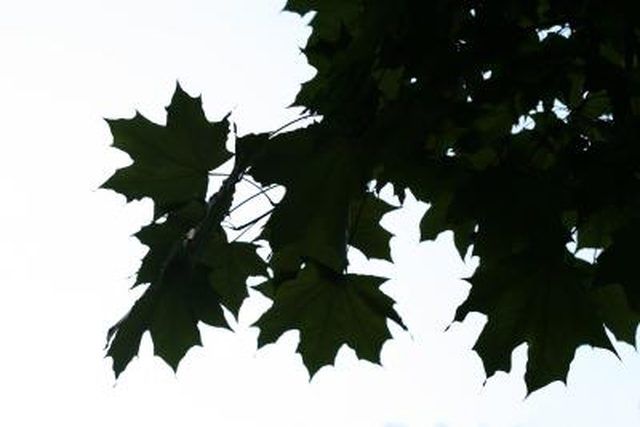Bulbs
Flower Basics
Flower Beds & Specialty Gardens
Flower Garden
Garden Furniture
Garden Gnomes
Garden Seeds
Garden Sheds
Garden Statues
Garden Tools & Supplies
Gardening Basics
Green & Organic
Groundcovers & Vines
Growing Annuals
Growing Basil
Growing Beans
Growing Berries
Growing Blueberries
Growing Cactus
Growing Corn
Growing Cotton
Growing Edibles
Growing Flowers
Growing Garlic
Growing Grapes
Growing Grass
Growing Herbs
Growing Jasmine
Growing Mint
Growing Mushrooms
Orchids
Growing Peanuts
Growing Perennials
Growing Plants
Growing Rosemary
Growing Roses
Growing Strawberries
Growing Sunflowers
Growing Thyme
Growing Tomatoes
Growing Tulips
Growing Vegetables
Herb Basics
Herb Garden
Indoor Growing
Landscaping Basics
Landscaping Patios
Landscaping Plants
Landscaping Shrubs
Landscaping Trees
Landscaping Walks & Pathways
Lawn Basics
Lawn Maintenance
Lawn Mowers
Lawn Ornaments
Lawn Planting
Lawn Tools
Outdoor Growing
Overall Landscape Planning
Pests, Weeds & Problems
Plant Basics
Rock Garden
Rose Garden
Shrubs
Soil
Specialty Gardens
Trees
Vegetable Garden
Yard Maintenance
Why Is My Maple Tree Losing Green Leaves?
Why Is My Maple Tree Losing Green Leaves?. Maples (Acer spp.) are deciduous trees best adapted to cooler regions. With nearly 125 different varieties, maple trees grow anywhere between 18 to 80 feet tall. The trees are known for their brilliant fall colors. The loss of green foliage indicates the presence of a pest in the tree.

Maples (Acer spp.) are deciduous trees best adapted to cooler regions. With nearly 125 different varieties, maple trees grow anywhere between 18 to 80 feet tall. The trees are known for their brilliant fall colors. The loss of green foliage indicates the presence of a pest in the tree.
Identification
All varieties of maple are susceptible to infestation from the maple petiole borer. The pests are a non-stinging type of wasp resembling small sawflies. The pupae overwinter in the soil. Adults emerge in spring and lay their eggs in the foliage stems.
Damage
Pest presence is characterized by the sudden loss of foliage between late May and early June. Newly hatched larvae eat into foliage petioles and sever the connective tissues, causing green leaves to drop from the tree. Damaged petioles turn black, while the leaves stay green. Once in the soil, the larvae leave the stems to pupate in the ground.
Control
Maple petiole borers are hard to control, but since their presence does not seriously jeopardize trees, insecticidal control options are usually not required. Removing fallen leaves from under the tree is not a practical control option either.